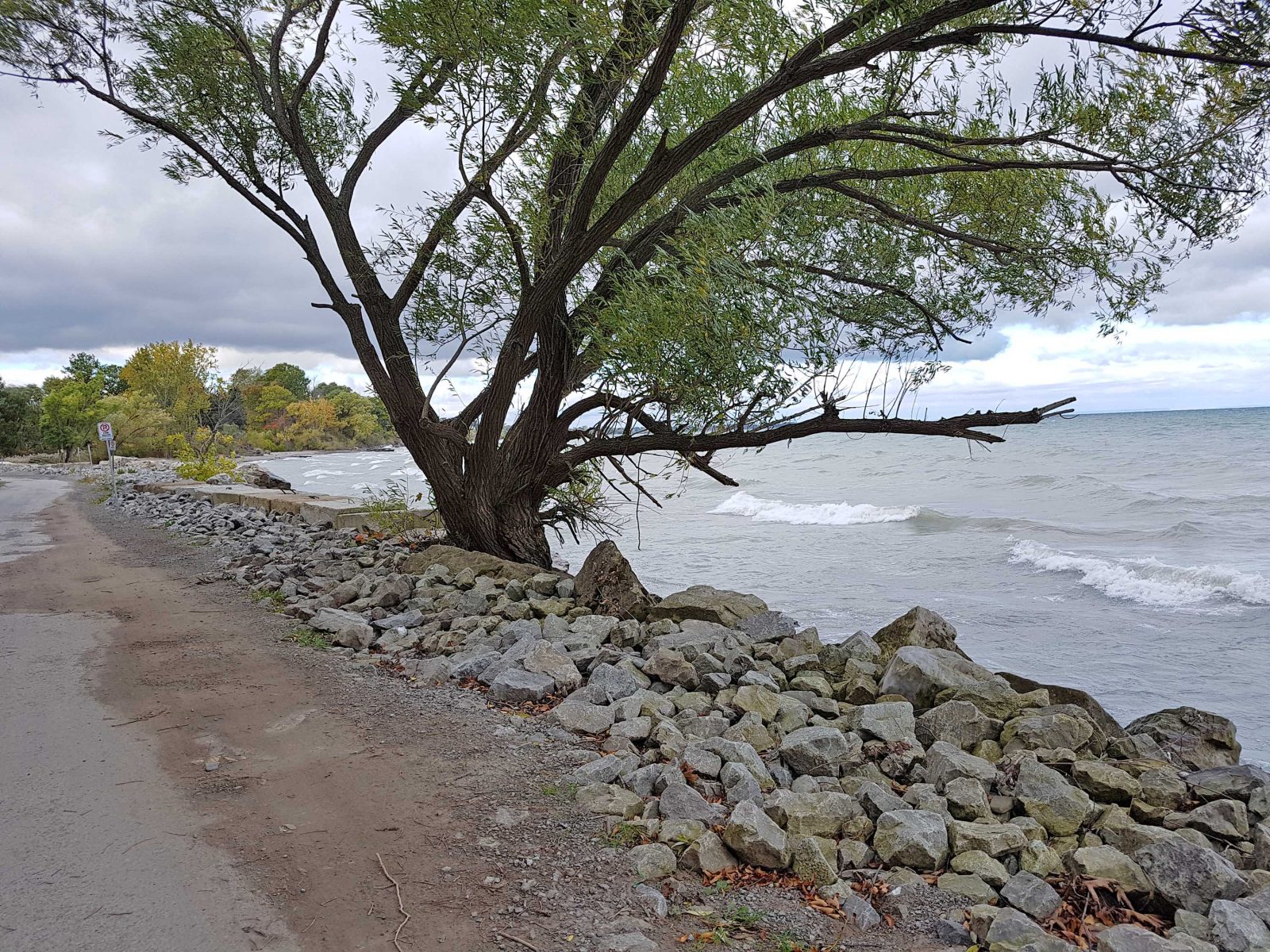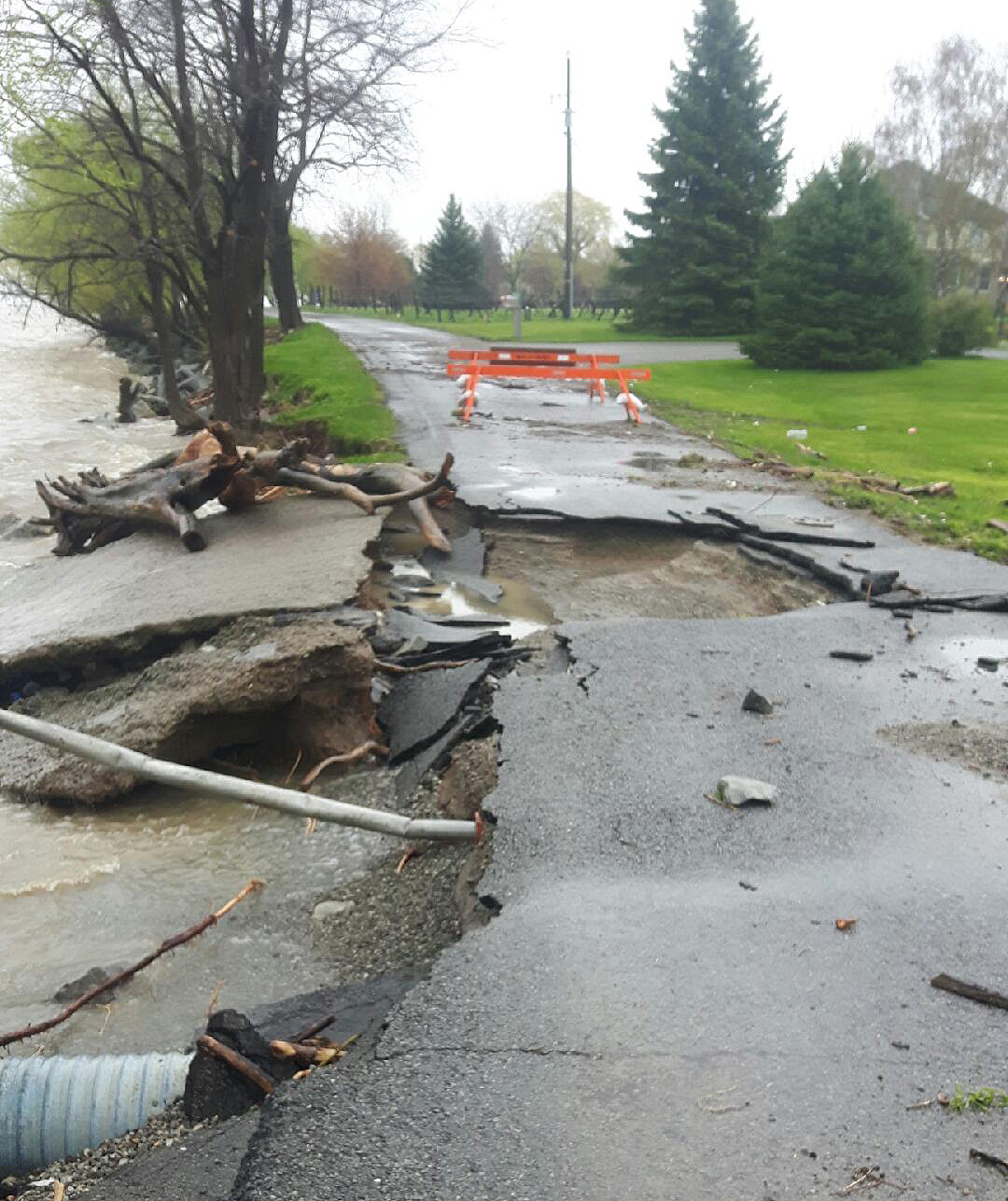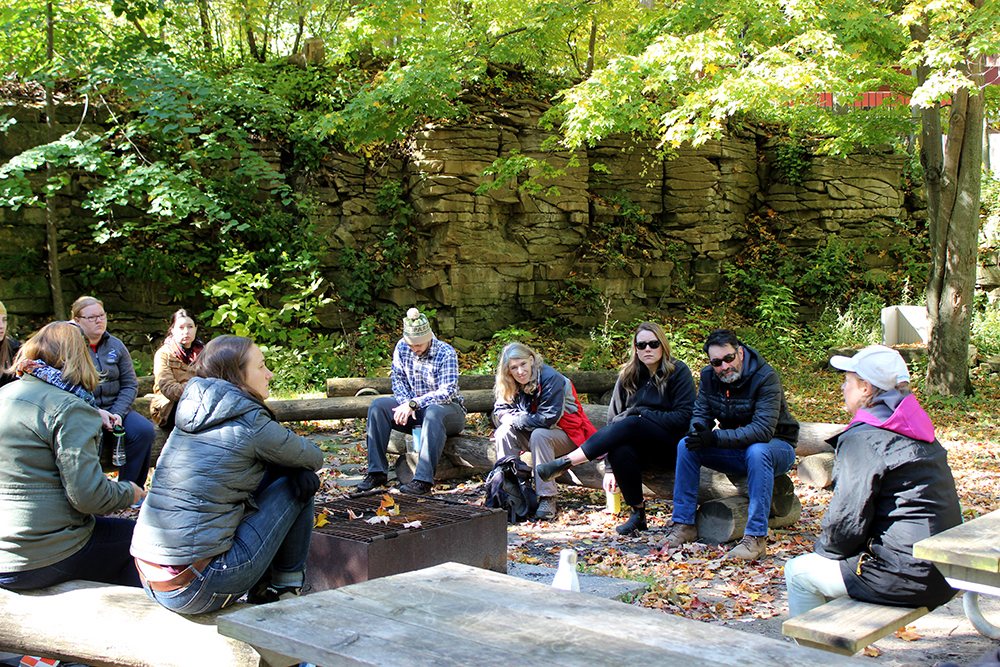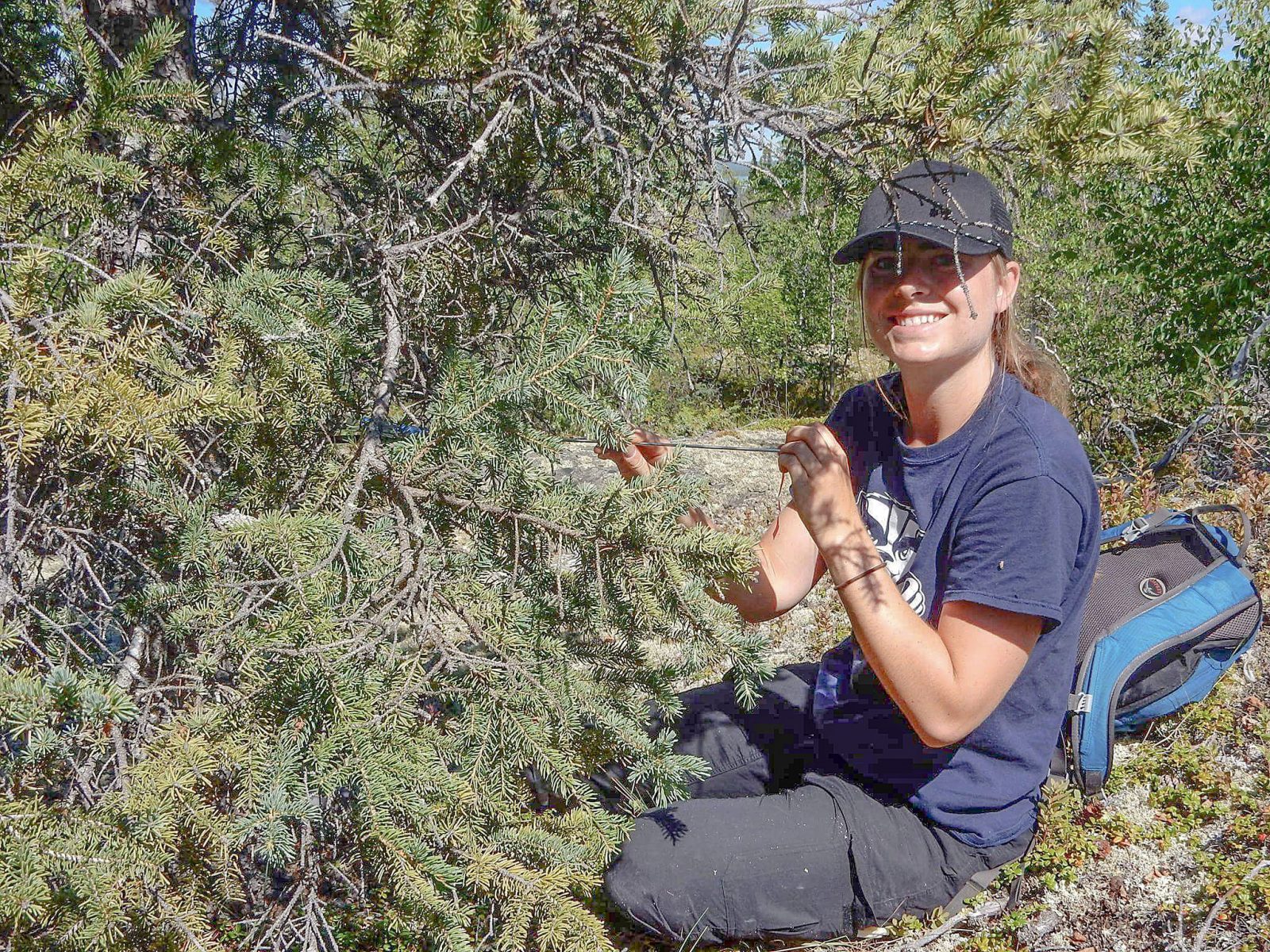Blog Contributor: Shelby McFadden

We all visit the washrooms while on campus, but how often do we pay attention to the environmental impact we’re having during these short visits? In 2016’s waste audit, washrooms were the fifth largest generator of solid waste on campus. Paper towel made up most of the waste, and while Brock has reduced this impact by removing paper towels from many of the washrooms, there are a few washrooms where they still remain. Instead of using paper towel or toilet paper to dry your hands, take a few extra seconds to take advantage of the hand dryers.
A lot of organics are also thrown out in the washrooms, which is an issue we still need to work on. Rather than putting all your waste in a single garbage bin, make your way out of the washrooms to an area on campus that provides bins for recyclables and organics.
Another common wasted resource in the washrooms is water. While water use is inevitable, we should all do our part to minimize the amount of water we use. This can be as simple as making sure to turn taps off all the way after washing your hands. Many of the toilets and urinals on campus now have low flow flushers, where you can either push the switch up or pull it down depending on how much water you need. This technology can help save water, but only if we take the time to use it properly. Take an extra second to read the instructions before flushing in order to reduce your footprint.
These actions may seem small, but small actions can create big change. Let’s be creative and proactive, and do what we can in all areas of campus to be more sustainable.















